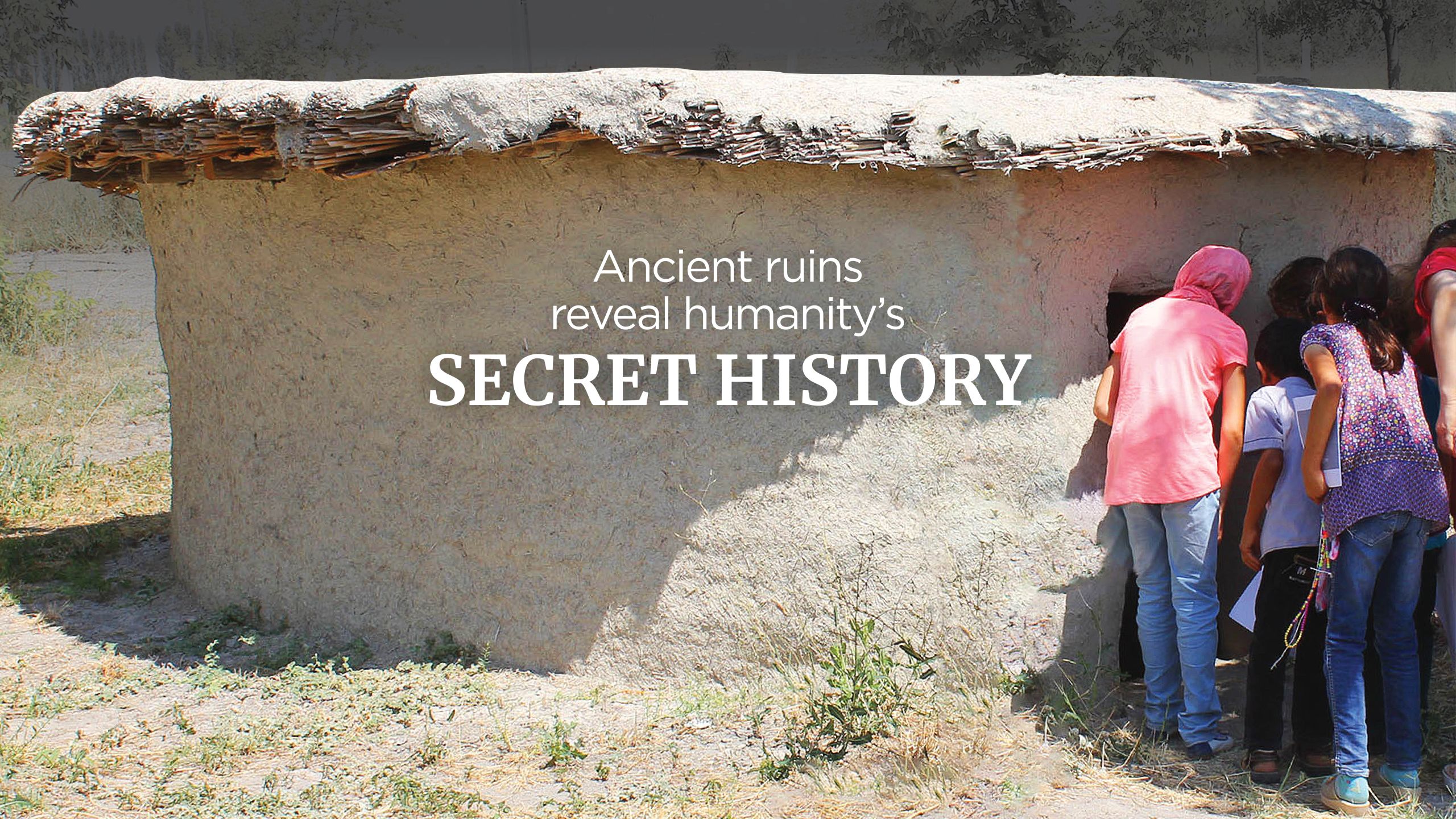
How UQ archaeologists are helping transform the world’s understanding of how we first became farmers and creating new connections between a community and their past to conserve heritage in the future.
Out on a dusty plateau in Turkey, 40km south-east of the city of Konya, sits a low hill around a hectare in size.
While unassuming to look at, when archaeologist Professor Douglas Baird from the University of Liverpool drove past it in 2001, he knew it was worth a closer look.
From its low-domed shape he identified it as a buried ancient village.
“In this region, ancient people built their mudbrick houses over the remains of those they lived in before,” explains Steve Chaddock, PhD Candidate from UQ’s School of Social Science.
"Over time, this caused artificial earthen mounds to grow up above the surface," Chaddock says.
Nineteen years later, archaeological excavations of the hill, known locally as Boncuklu, have uncovered clues to help understand one of the most important transformations in human history – the shift from mobile, hunter-gatherer life into settled farming villages.
While the historical significance of the site speaks for itself, it’s the researchers’ dedication to outreach that has seen the site become a part of the archaeological tourist route in Turkey, attracting large numbers of visitors each year.
Now, the team’s efforts are helping preserve the site for future generations, and sparking a deeper interest in the story of the world’s past that may see other yet-undiscovered sites in the region better protected from unintentional destruction.
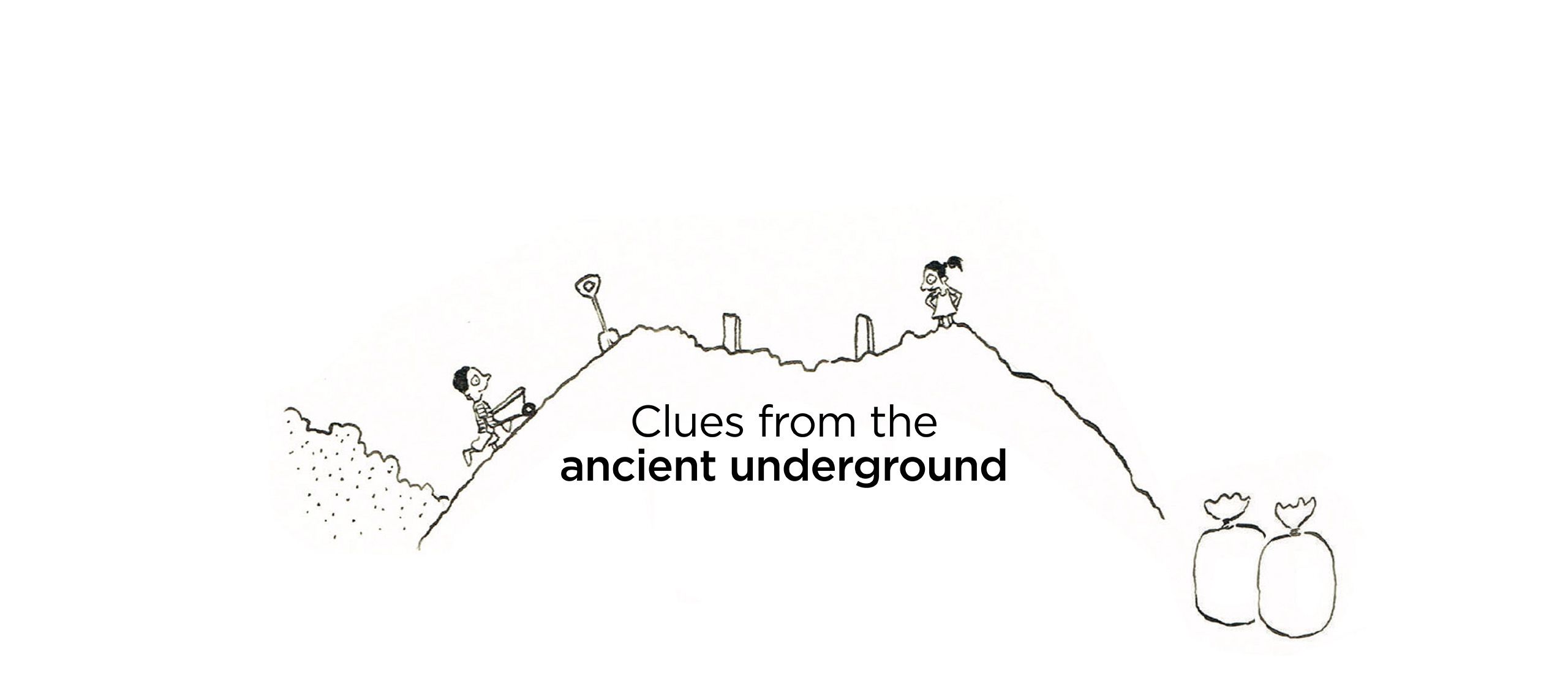
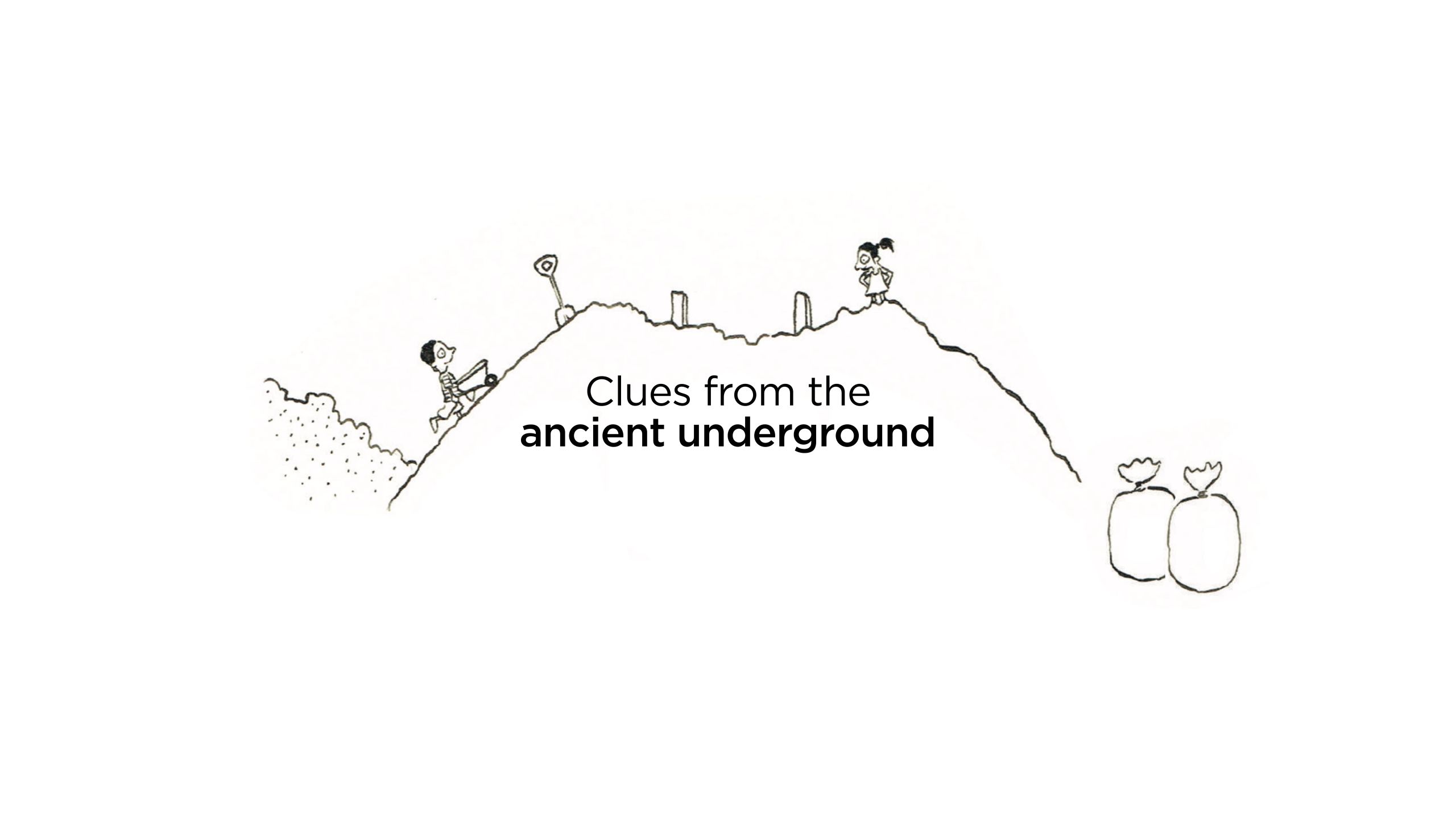
Excavation at Boncuklu commenced in 2006.
The project was directed by Professor Baird, with Professor Andrew Fairbairn from UQ's School of Social Sciences coming on as co-director in 2010, alongside Dr Gökhan Mustafaoğlu from Bulent Ecevit University in Zonguldak, Turkey.
“There are two months of excavation every year,” Professor Fairbairn says, “with an international team of between 10 and 60 people at a time.”
The excavation team includes a strong Australian contingent, particularly students and staff from UQ.
“A very important source of funding for students over the last decade has come from UQ in the form of UQ Advantage and Employability Awards,” Professor Fairbairn says.
“These allow students to travel and attend professional activities that are not part of their formal curriculum.
“We’ve had students from UQ attend the excavations annually since 2007, and many of them couldn’t have afforded the trip from Australia without UQ’s support."
Despite the considerable exertions of the team on the ground, Boncuklu has not given up its secrets easily.
“It’s a very small site; there has been damage by quarrying and burrowing animals, and the soft sediment is prone to erosion” Professor Fairbairn says.
“It’s also made up of fiendishly complex, fine layers of plaster, mudbrick and ash that all look the same colour.
“The detailed understanding we now have is testament to the patience, concentration and skill of our diggers!”
Fine-scale recovery methods and new technology have helped the team pull incredible detail from this subtle archaeological record, which Professor Fairbairn says would not have been possible if the site had been discovered decades earlier.
Using these methods, the team has pieced together a detailed picture of life at Boncuklu, which led to a surprising discovery.
“Boncuklu’s people were living here year-round in houses, but they were getting most of their food by hunting, fishing, fowling and gathering, including such delicacies as frogs and turtles from the wetland plenty surrounding the site,” Chaddock says.
“Paradoxically, they appear to be hunter-gatherers living in a village; in other words, they settled down before they adopted agriculture.”
Evidence of Neolithic trade and exchange comes in the form of seashells, volcanic glass (obsidian) and other exotic stones, which show that Boncuklu’s people were connected to others in this region.
“Through those long-established connections, we believe the people of Boncuklu came to know about farming, which had developed over the preceding thousand years in the Fertile Crescent to the south-east.
“At Boncuklu, they experimented on a small scale, planting the seeds of farming success that enabled much larger settlements like the nearby World Heritage Site of Catalhöyük.”
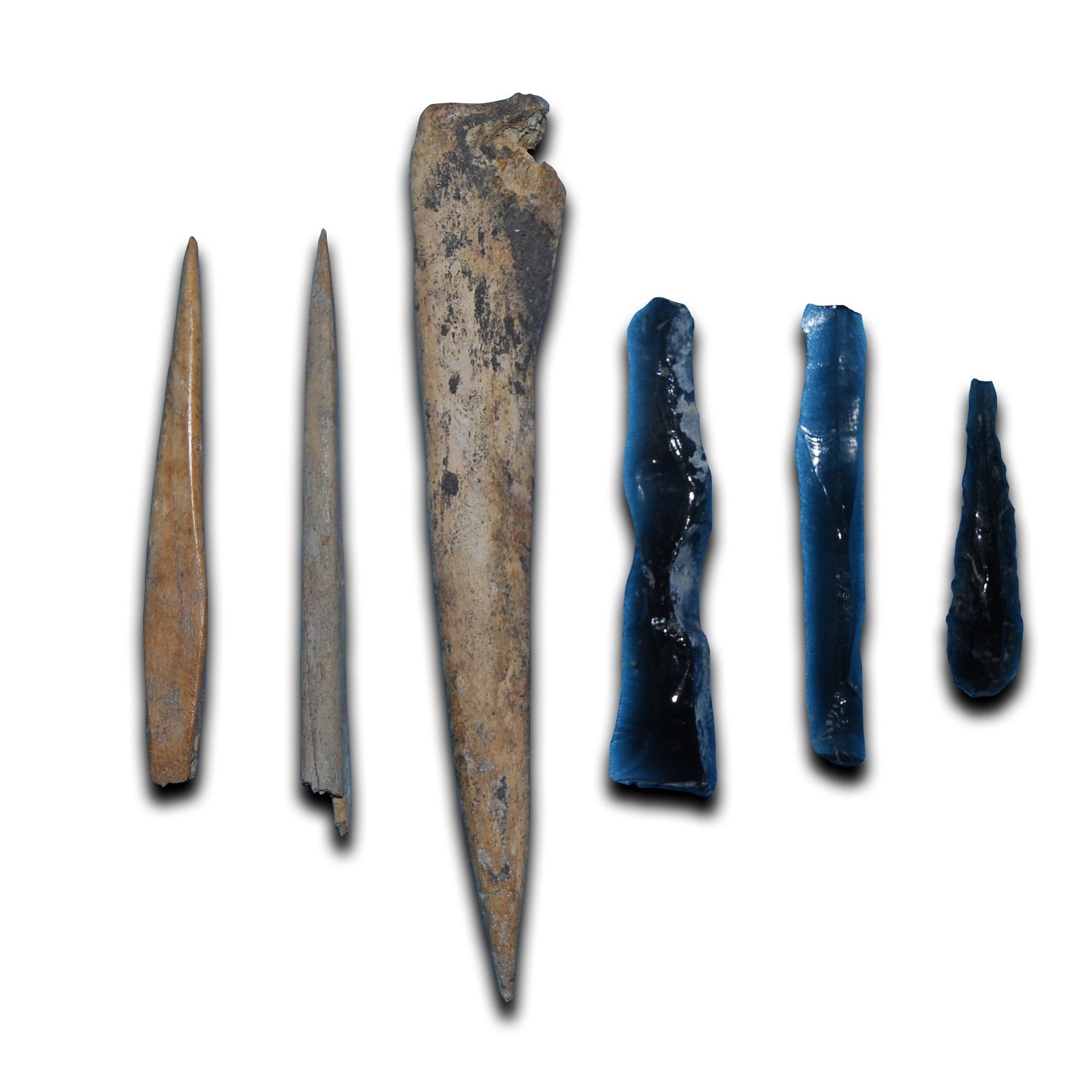
Tools made out of bone points and volcanic glass (also known as 'obsidian') were used for hunting on the wetland. Image Credit: Researchers' own
Tools made out of bone points and volcanic glass (also known as 'obsidian') were used for hunting on the wetland.
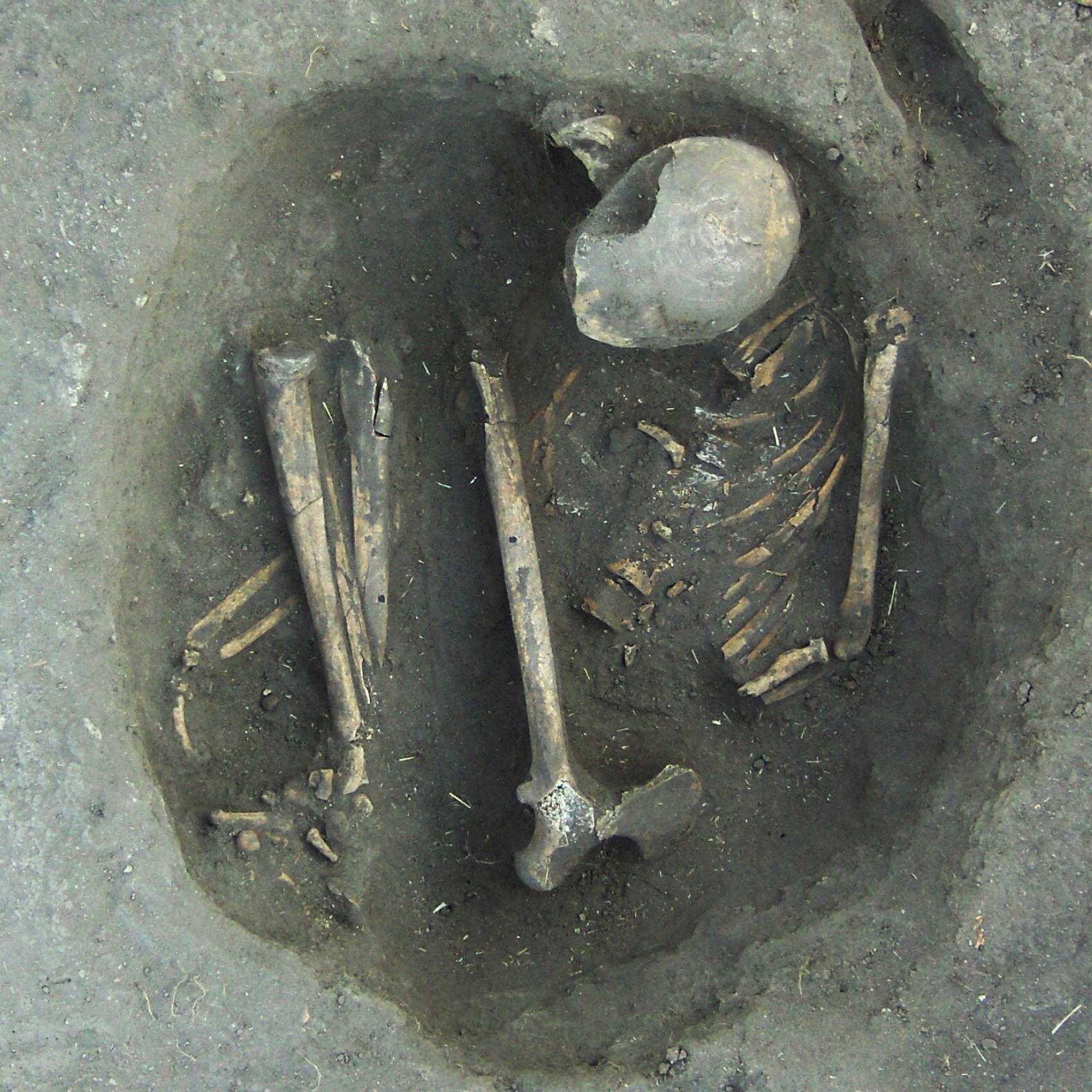
The people of Boncuklu buried their dead beneath the floors of their houses. Image Credit: Researchers' own
The people of Boncuklu buried their dead beneath the floors of their houses.
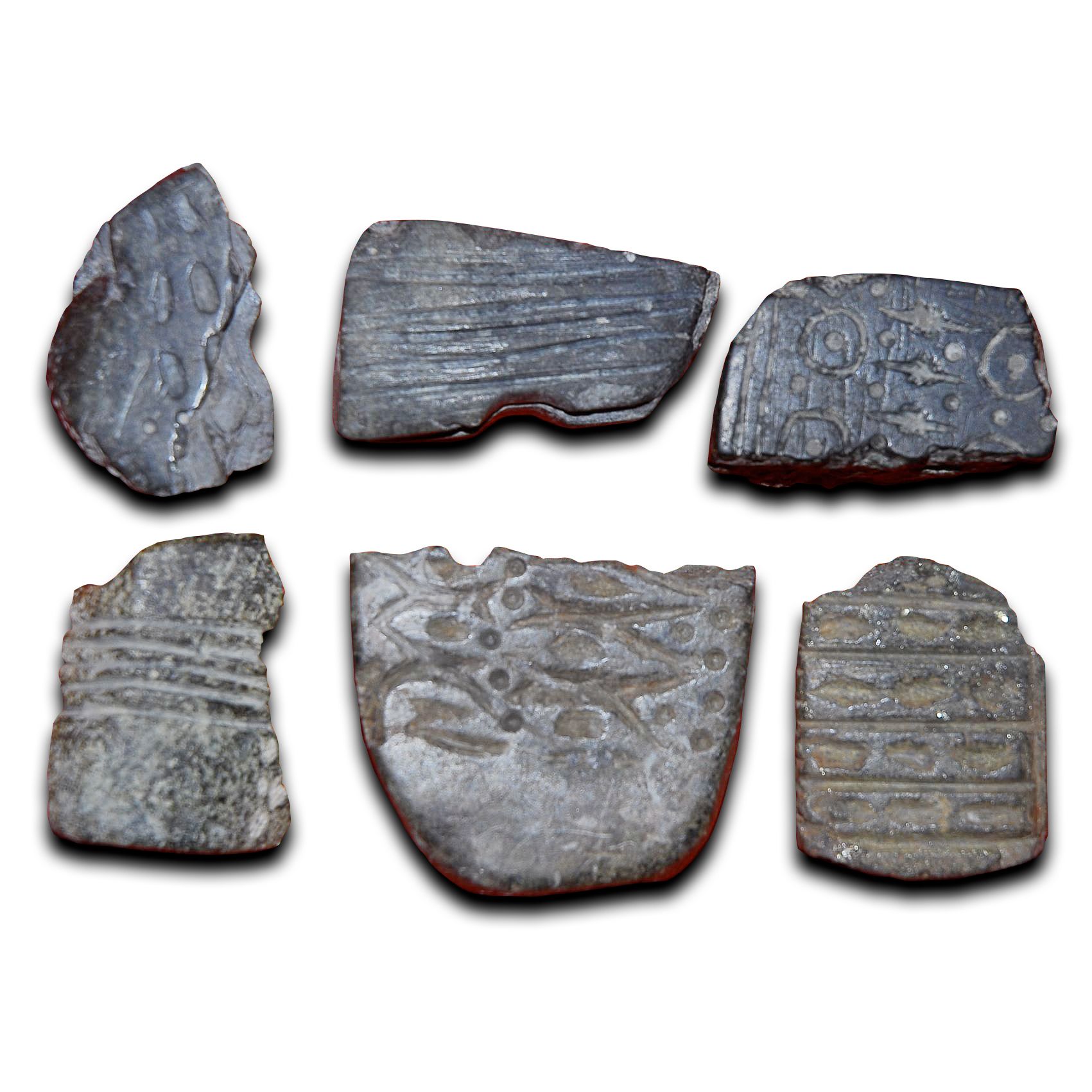
Stones retrieved from the ruins were inscribed with ornate patterns and drawings. Image Credit: Researchers' own
Some stones retrieved from the ruins were inscribed with ornate patterns and drawings.
Excavation at Boncuklu commenced in 2006.
The project was directed by Professor Baird, with Professor Andrew Fairbairn from UQ's School of Social Sciences coming on as co-director in 2010, alongside Dr Gökhan Mustafaoğlu from Bulent Ecevit University in Zonguldak, Turkey.
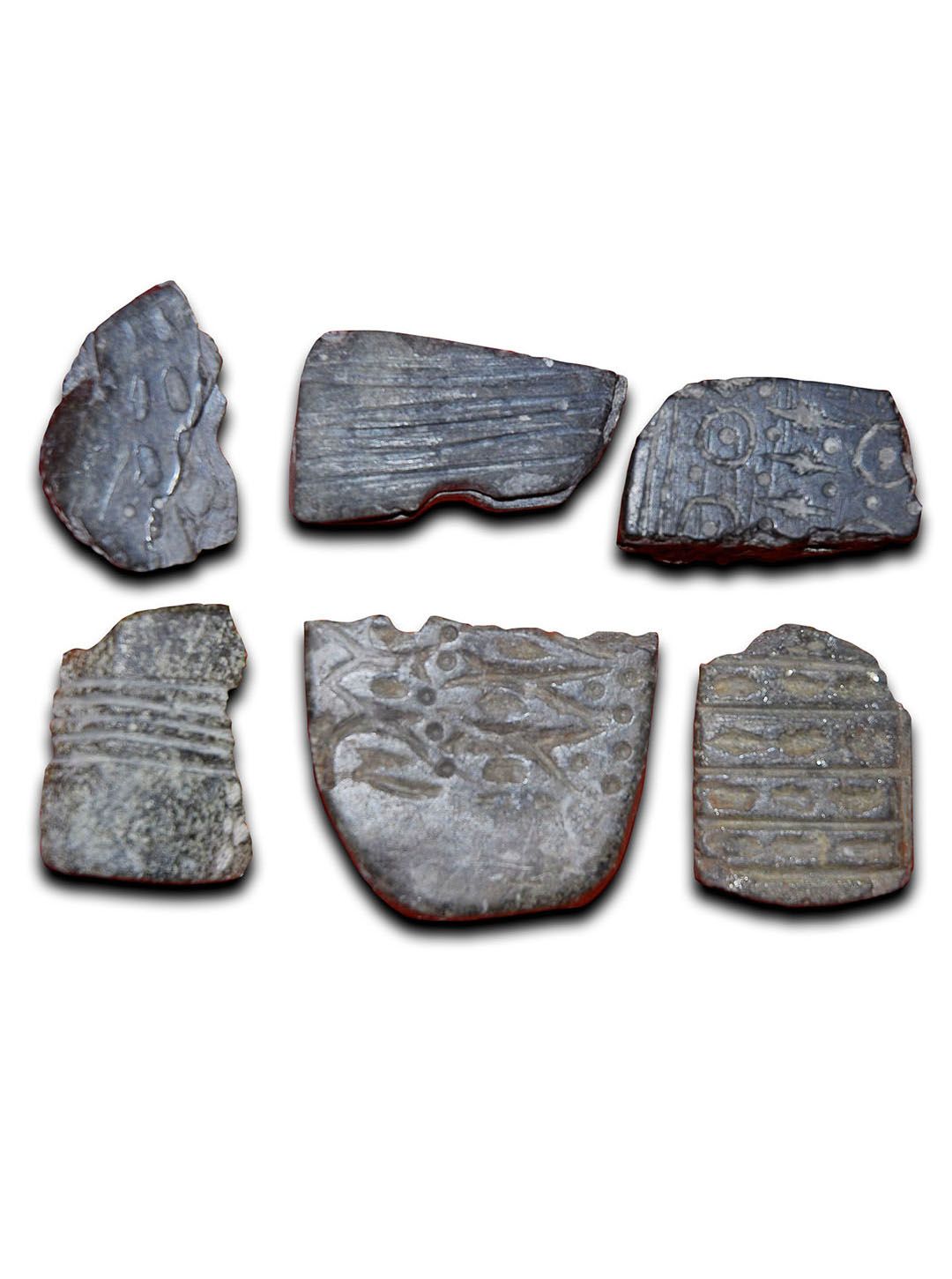
Stones retrieved from the ruins were inscribed with ornate patterns and drawings. Image Credit: Researchers' own.
Stones retrieved from the ruins were inscribed with ornate patterns and drawings. Image Credit: Researchers' own.
“There are two months of excavation every year,” Professor Fairbairn says, “with an international team of around 10 to 50 or 60 people at a time.”
The excavation team includes a strong Australian contingent, particularly students and staff from UQ.
“A very important source of funding for students over the last decade has come from UQ in the form of UQ Advantage and Employability Awards,” Professor Fairbairn says.
“These allow students to travel and attend professional activities that are not part of their formal curriculum.
“We’ve had students from UQ attend the excavations annually since 2007, and many of them couldn’t have afforded the trip from Australia without UQ’s support."Despite the considerable exertions of the team on the ground, Boncuklu has not given up its secrets easily.
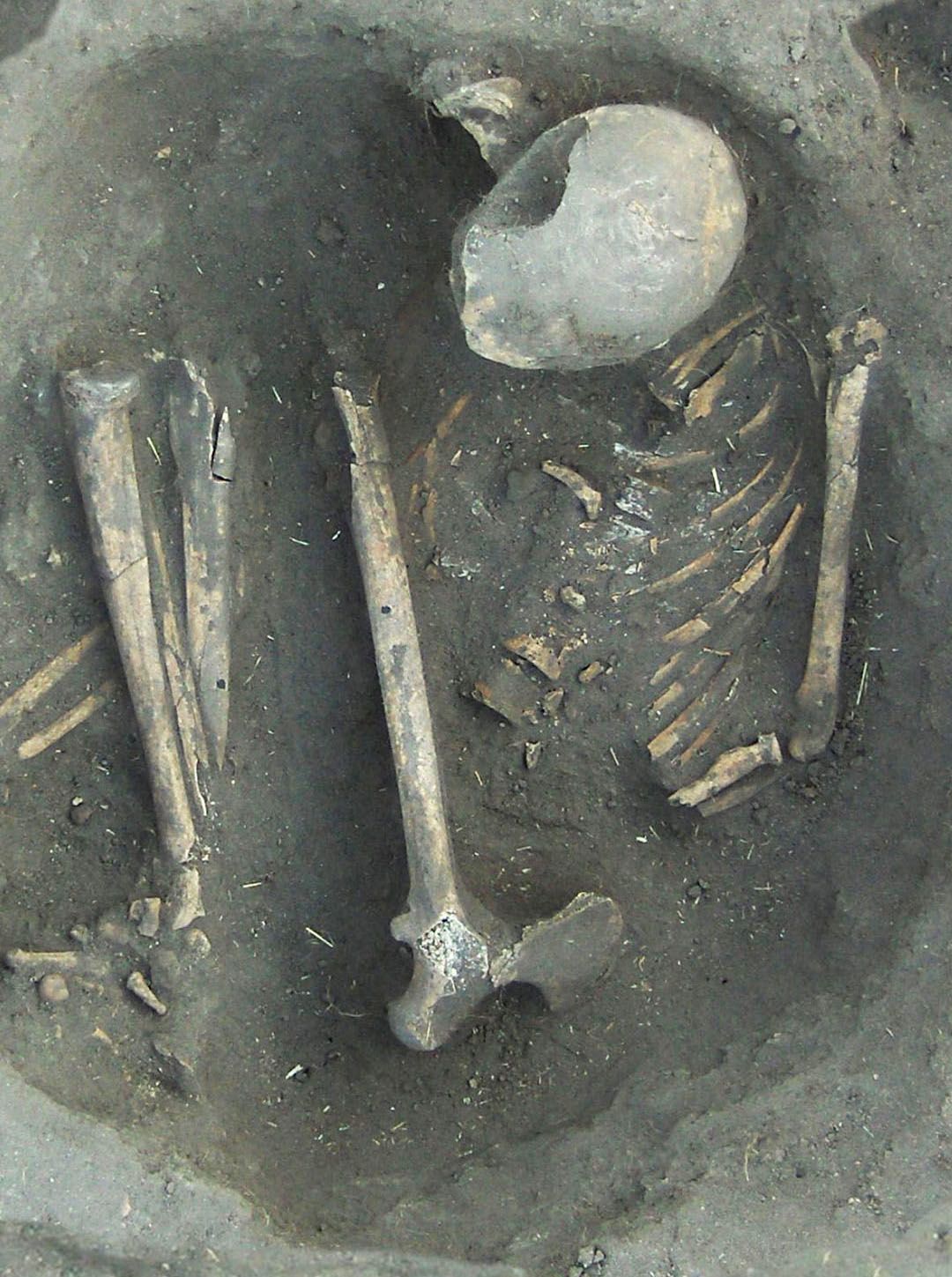
The people of Boncuklu buried their dead beneath the floors of their houses. Image Credit: Researchers' own.
The people of Boncuklu buried their dead beneath the floors of their houses. Image Credit: Researchers' own.
“It’s a very small site; there has been damage by quarrying and burrowing animals, and the soft sediment is prone to erosion” Professor Fairbairn says.
“It’s also made up of fiendishly complex, fine layers of plaster, mudbrick and ash that all look the same colour.
“The detailed understanding we now have is testament to the patience, concentration and skill of our diggers!”
Fine-scale recovery methods and new technology have helped the team pull incredible detail from this subtle archaeological record, which Professor Fairbairn says would not have been possible if the site had been discovered decades earlier.
Using these methods, the team has pieced together a detailed picture of life at Boncuklu, which led to a surprising discovery.
“Boncuklu’s people were living here year-round in houses, but they were getting most of their food by hunting, fishing, fowling and gathering, including such delicacies as frogs and turtles from the wetland plenty surrounding the site,” Chaddock says.
“Paradoxically, they appear to be hunter-gatherers living in a village; in other words, they settled down before they adopted agriculture.”
Evidence of Neolithic trade and exchange comes in the form of seashells, volcanic glass (obsidian) and other exotic stones, which show that Boncuklu’s people were connected to others in this region.

Tools made out of bone points and volcanic glass (also known as 'obsidian') were used for hunting on the wetland. Image Credit: Researchers' own.
Tools made out of bone points and volcanic glass (also known as 'obsidian') were used for hunting on the wetland. Image Credit: Researchers' own.
“Through those long-established connections, we believe the people of Boncuklu came to know about farming, which had developed over the preceding thousand years in the Fertile Crescent to the south-east.
“At Boncuklu, they experimented on a small scale, planting the seeds of farming success that enabled much larger settlements like the nearby World Heritage Site of Catalhöyük.”
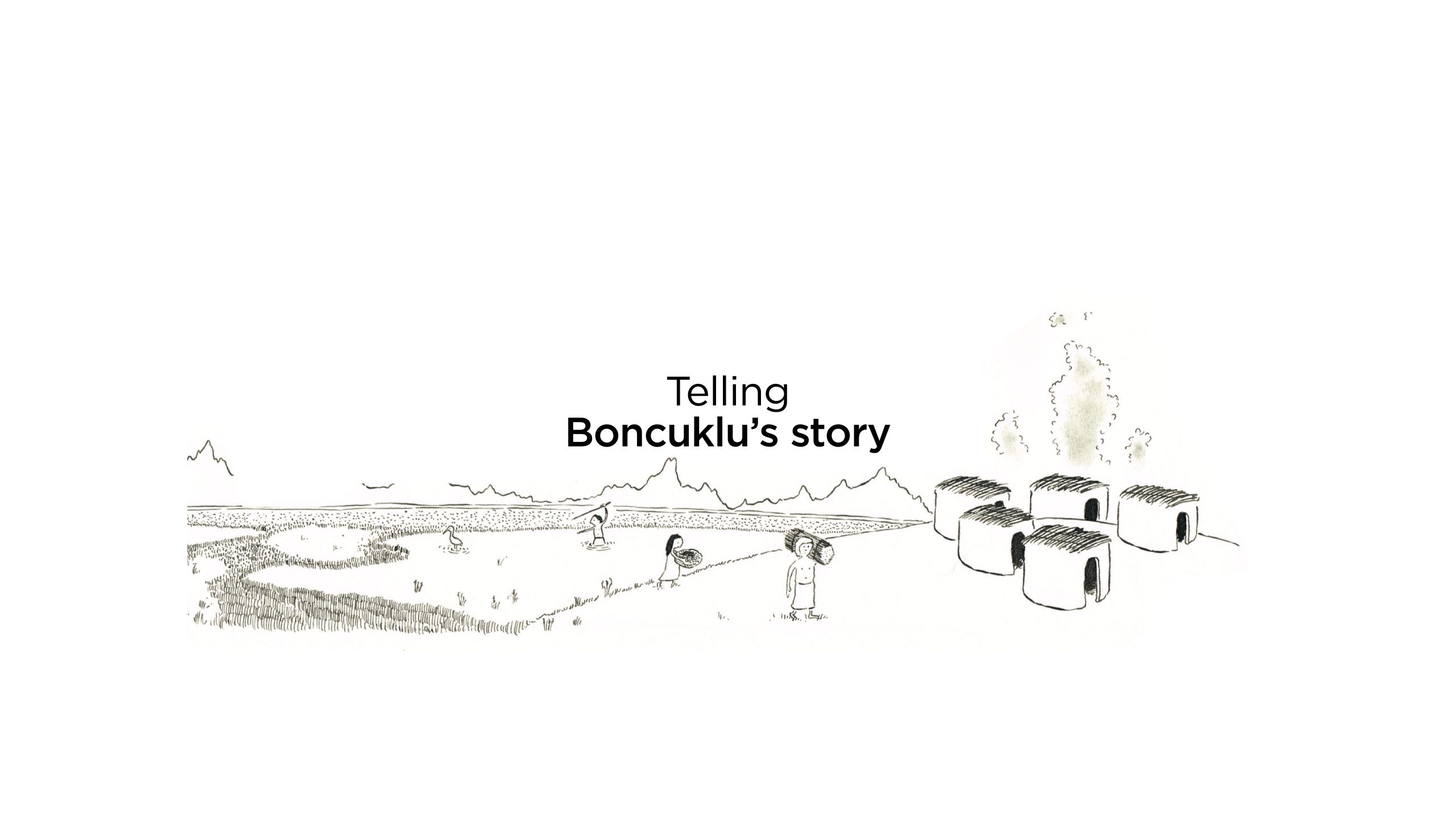
After six years of painstaking work, the team wanted to communicate the historical significance of Boncuklu to the wider world.
But there was a problem: how do you communicate history when there isn’t much left to see?
“Boncuklu doesn’t have the riches of the Pharaohs or a classical city,” explains Professor Fairbairn. “We have the largely demolished remains of small mudbrick houses. There are no grand monuments or beautiful artworks. Many of the things you might associate with archaeology do not exist here.”
One solution was to bring Boncuklu back up out of the earth for people to explore themselves.
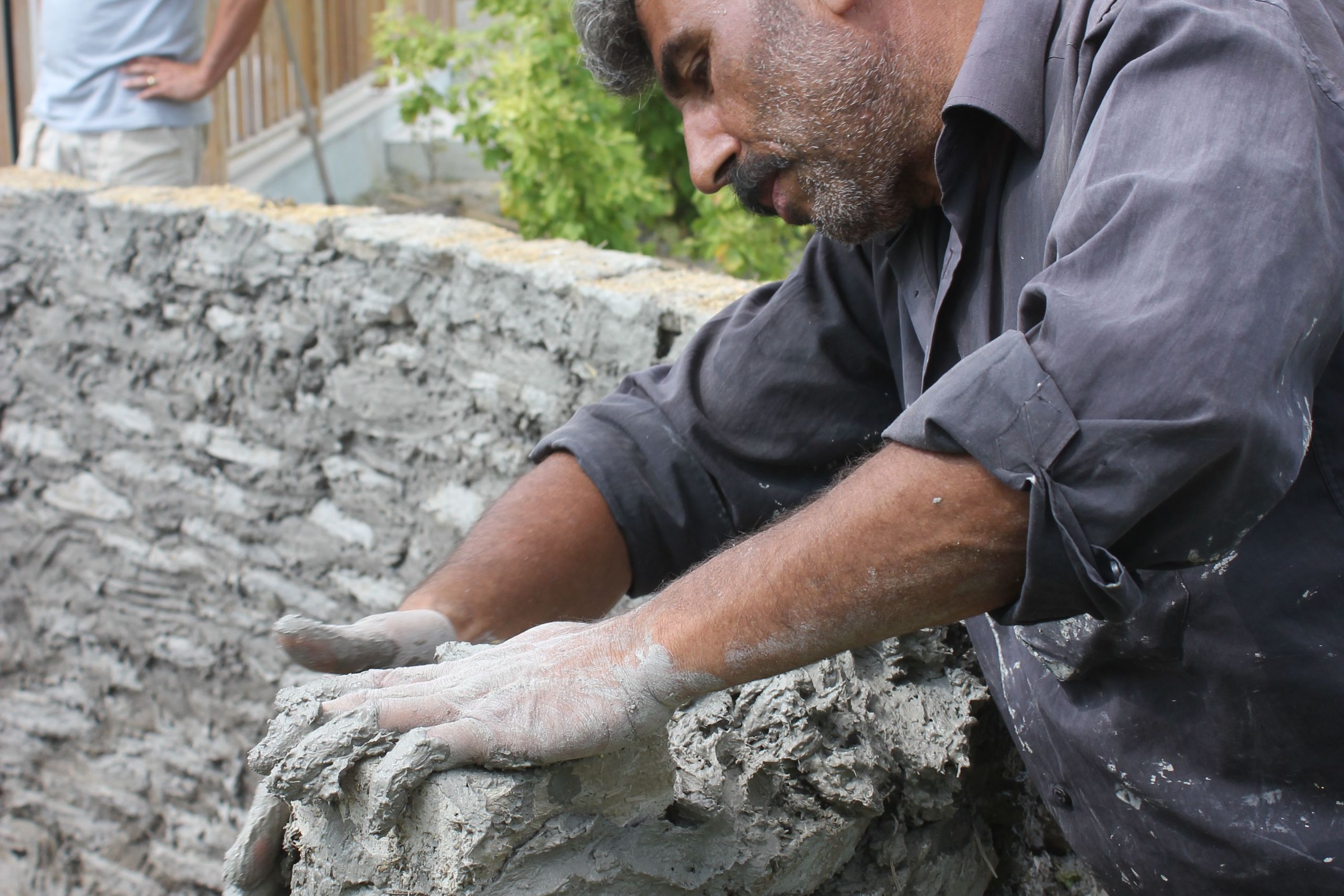
Local mud brick master Abdullah shapes the walls of a reconstructed neolithic house. Image Credit: Researchers' own
Local mud brick master Abdullah shapes the walls of a reconstructed neolithic house.
So, in 2013, the research team – working with traditional artisans from Hayıroğlu village under the direction of Dr Mustafaoğlu – recreated two mudbrick buildings from the evidence of the excavation using a combination of traditional and experimental techniques.
“The reconstructed buildings have been really successful. The visitors can go in and imagine what it would be like to be in a Neolithic home, though in ours there are no human graves beneath the floor,” Chaddock says.
“We have also recently planted an interpretative garden with a pond and wetland, to show visitors what the environment was like in the past, contributing to biodiversity conservation and providing a beautiful place to rest during visits.”
The efforts of the team and the importance of the site began to influence tourism in the region, with Boncuklu increasingly featuring on the route people took to the nearby visitor hotspots of Catalhöyük and Konya and regularly attracting international tourists.
Through a partnership forged alongside the team from Catalhöyük, the Boncuklu researchers were able to direct people to their lesser-known site.
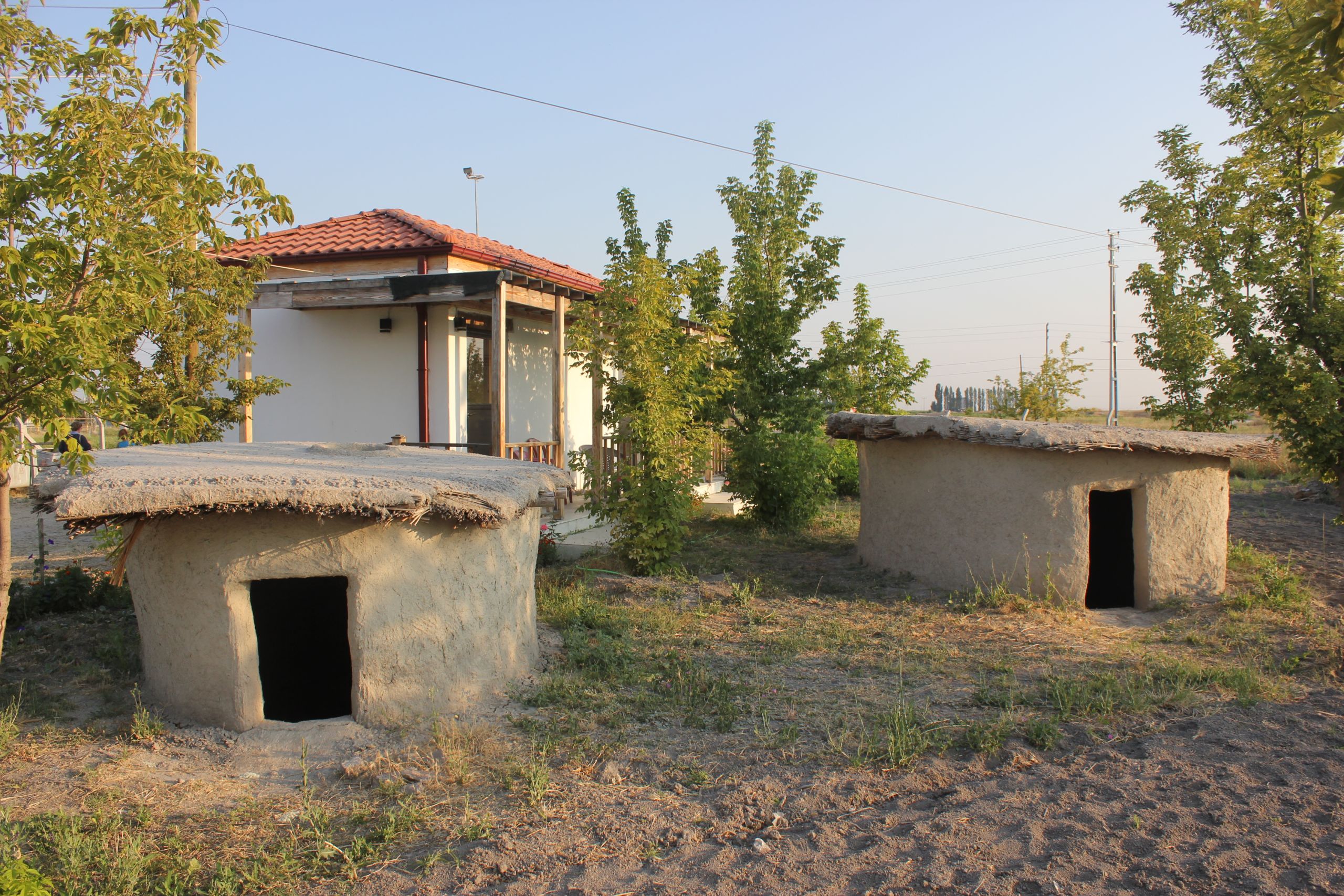
Reconstructed houses in their final form, with the visitor's centre in the background. Image Credit: Researchers' own
Reconstructed houses in their final form, with the visitor's centre in the background.
“We included information in the Catalhöyük visitor centre about Boncuklu and put up a sign at the exit saying ‘Boncuklu this way’,” Professor Fairbairn says.
“That instantly transformed the numbers. We went from two to three hundred a year, to suddenly a couple of thousand. That’s a very different level of engagement. That’s starting to get serious.”
While their site was now attracting tourists from across the world and drawing in the archaeological community, the researchers wanted to help local communities have a better understanding of Boncuklu.
Unfortunately, timing made these connections difficult.
“Our excavation is restricted to two months in the northern summer when schools are on holiday and many local people are working through the harvest season, so everyone’s extremely busy.”
To get around this issue, the researchers developed a covered visitor building allowing people to access the site when researchers are not there excavating. It’s comfortable in the cooler seasons and large enough for a school class.
“Inside we have bilingual graphic panels that explain how the site was found and what we have discovered about Neolithic lifestyles,” Chaddock says.
“We also have booklets in Turkish and English to give away to visitors, activities for kids and we have trained the site guards as guides.”
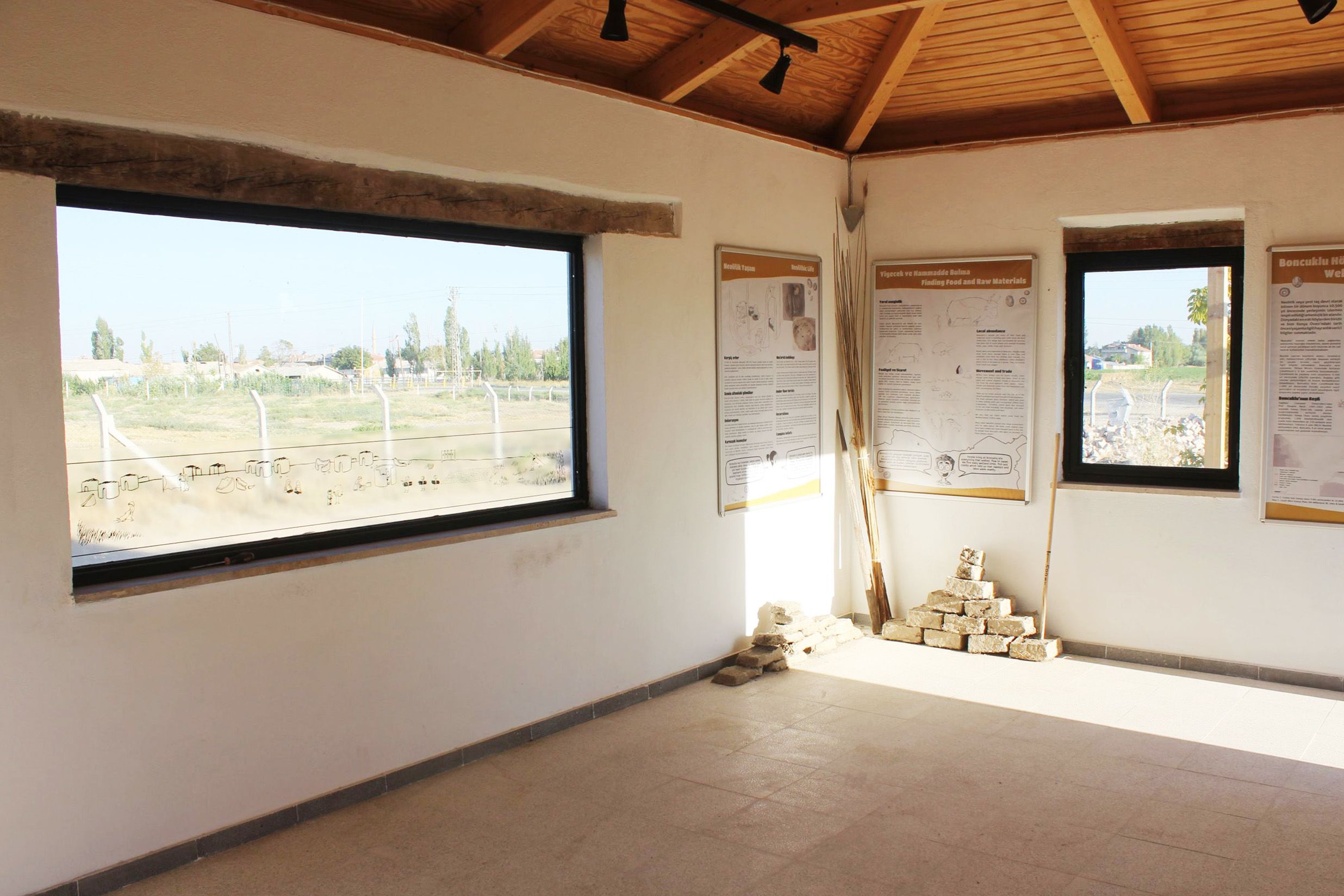
Inside the visitor's centre, graphic panels tell stories of the past. Image Credit: Researchers' own
Inside the visitor's centre graphic panels tell stories of the past.
Recognising the growing interest in the site, as well as its historical significance, the local council has adopted Boncuklu into their infrastructure plan.
“They’ve invested in it by creating a carpark and installing things like rubbish bins and benches. It’s really great to see,” Chaddock says.
While transmitting history is the research team’s main aim, they also recognise the effects heritage can have on economic development.
“The visitor centre provides the interest for people to come,” Professor Fairbairn says.
“Visitors stop in the village and buy ice creams and drinks, that kind of thing. It contributes to the tourist economy and adds to the region’s draw as a destination.”
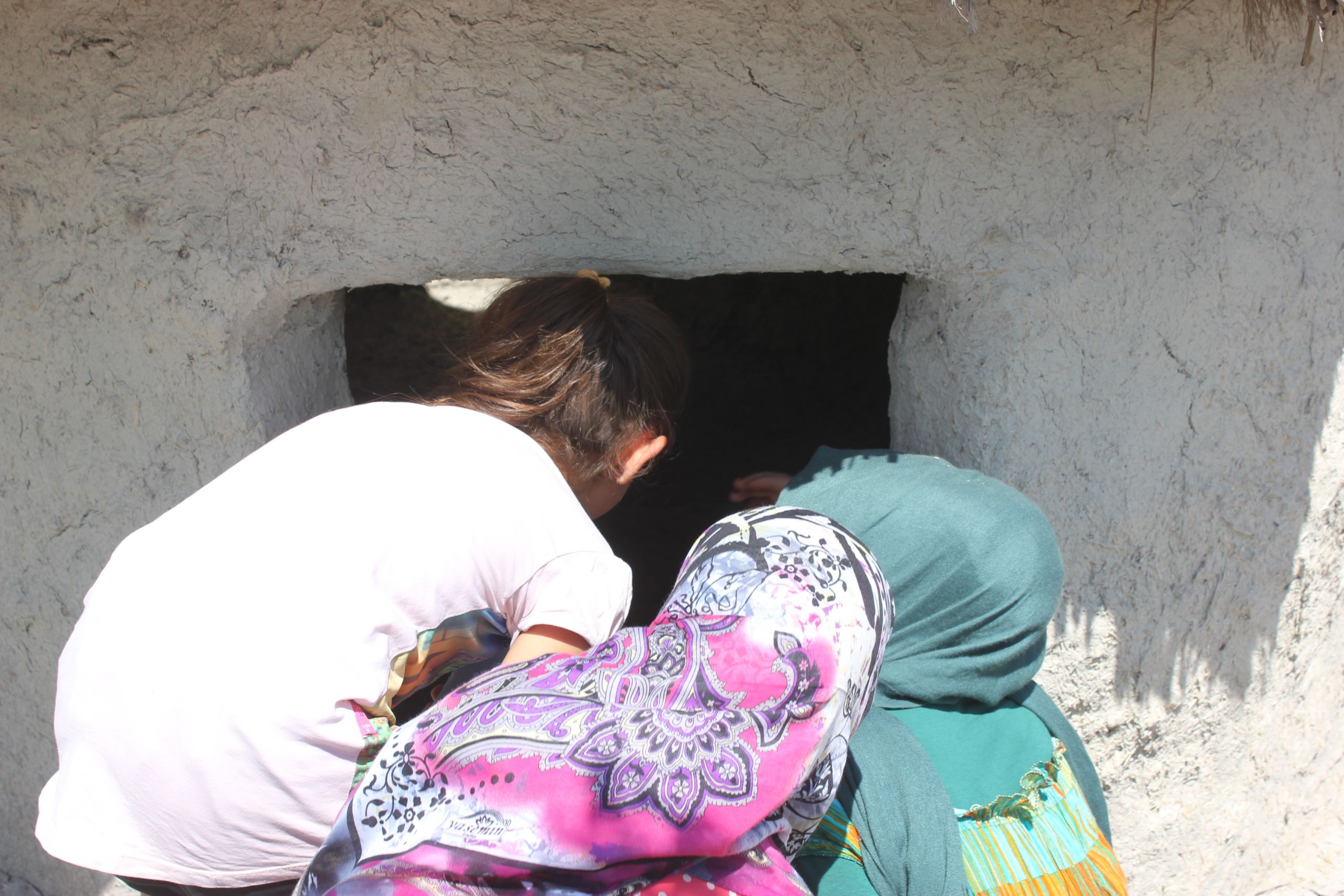
Children from the local village school imagining life in the neolithic. Image Credit: Researchers' own
Children from the local village school imagining life in the neolithic.
Looking to the longer-term impact of their project, much of the team’s engagement strategy has focused on local youth, with many of Konya province’s children visiting the site each year as part of their schools’ annual programs.
“The design and the layout of the visitor centre preferences kids, and we have kid-friendly content located down at their eye-level,” Chaddock says.
To help bring the Neolithic to life, the researchers employed an Australian cartoonist, Peter Carnavas, who created drawings and two characters – Ayşe and Orhan – who appear throughout the learning materials and play the roles of interested guides.
“Peter helped us use a language that was not text-based, so there was no translation required,” Chaddock says.
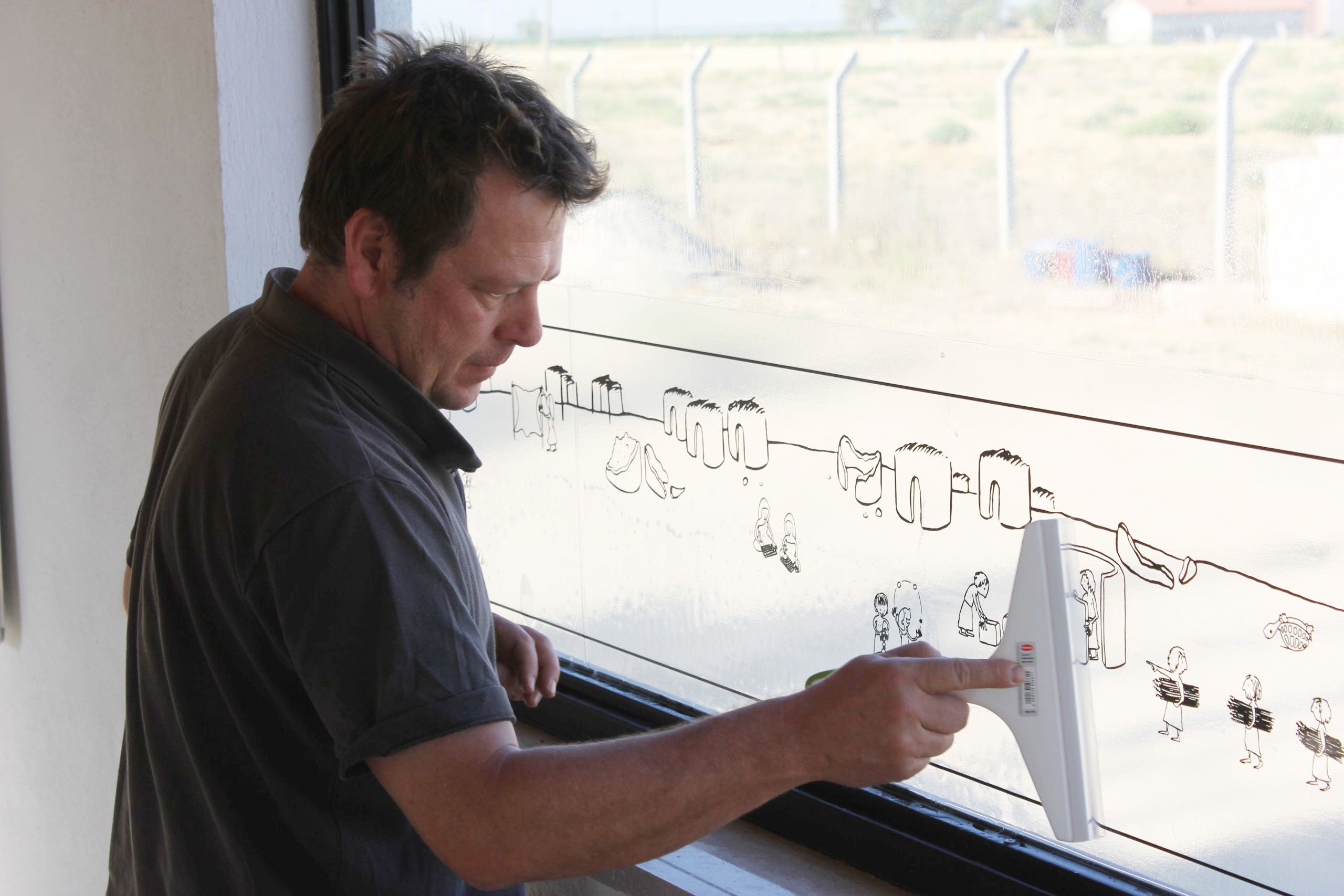
Steve Chaddock applies a transparent sticker to the window of the visitor centre to show visitors what the site outside would have looked like in Neolithic times. Image Credit: Researchers' own
Steve Chaddock applies a transparent sticker to the window of the visitor centre to show visitors what the site outside would have looked like in Neolithic times.
They have also created their own version of ‘augmented reality’, using a giant window sticker, also penned by Peter Carnavas, to cast a reconstruction over the site.
"I love it when the kids look at it, and their faces light up,” Chaddock says. “You see that moment of meaning-making and learning. That is exactly what we are trying to do.”
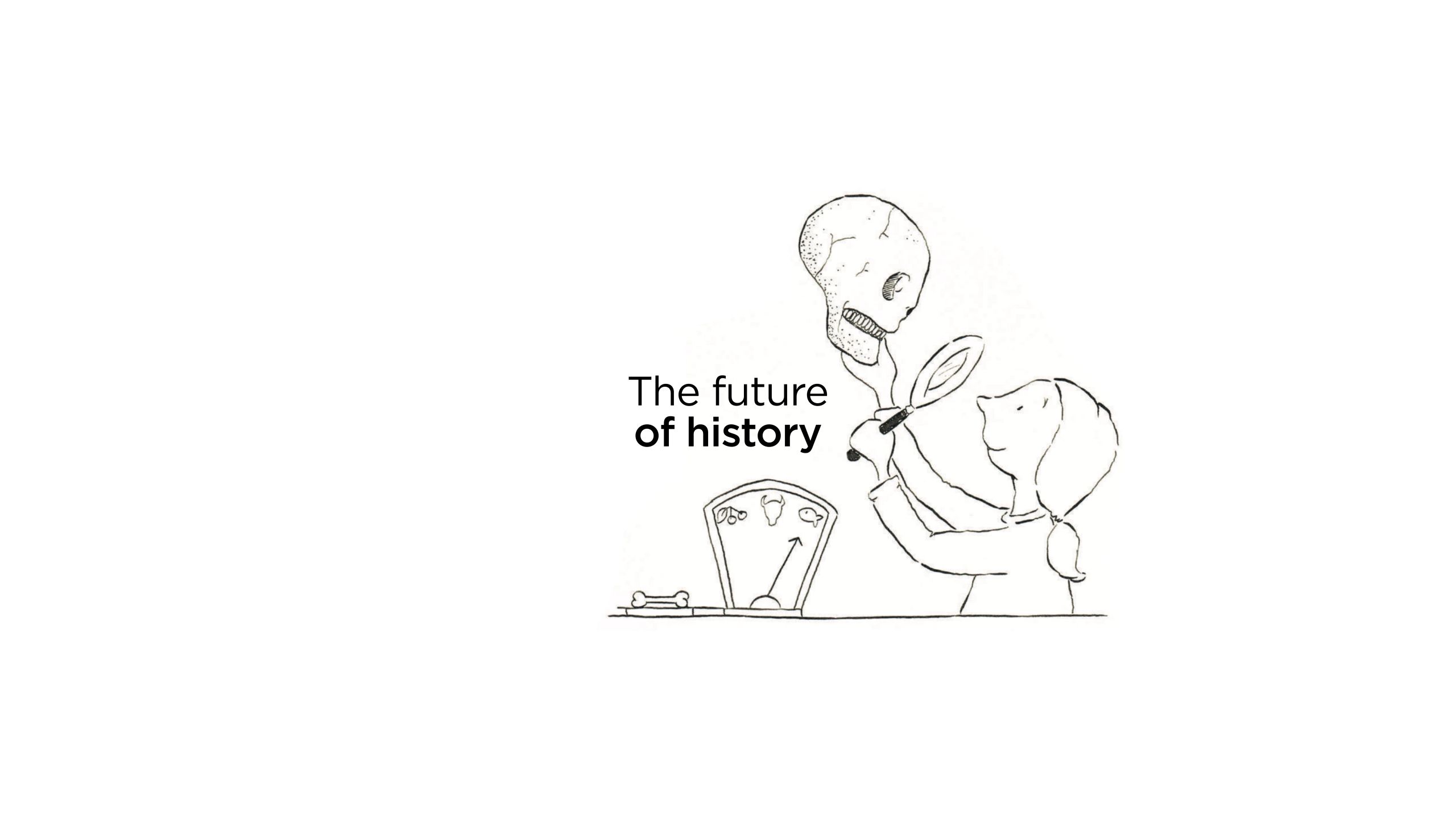
By engaging the local people, the Boncuklu team are working to promote an interest in heritage, but also a deeper understanding of archaeology more generally.
“In Turkey, while heritage and archaeology are very well understood, there are some problems on the ground with the conservation of sites,” Fairbairn says.
“In some cases, communities do not realise that valuable sites are present. Ours was being quarried when it was first discovered, and might have been completely destroyed without our project.”
Historical tensions and suspicions surrounding archaeological digs stemming from the colonial era make this even more important.
“Nearly everywhere in the world you go, people assume you’re looking for gold on your dig,” Chaddock says.
“In a way it is humorous, but it can cause huge problems, from people being suspicious of your intentions to, in some cases, looters digging up the site up with a back-hoe.
“When communities know what you are really doing and feel pride and ownership of their heritage, these problems can disappear.
“Many archaeologists in the past ignored their host communities, but today we realise that our work is best done in respectful partnership with the people whose past we investigate.”
An important aim for the Boncuklu team is to leave a lasting legacy for the community.
“We are planning one more year of excavation once the COVID emergency is over, but then that is it,” Professor Fairbairn says.
“Then we hope that the visitor centre can continue to be a community resource.
“We are thinking about how to design the centre so the people of Hayıroğlu see it as an asset for their community. Its value as a place to relax and contemplate the past and present in one of Turkey’s oldest villages is something we hope will be cherished into the future.”
Visit the Boncuklu Project website to learn more about life in ancient Boncuklu.

Professor Andrew Fairbairn
School of Social Science
Faculty of Humanities and Social Sciences
E: a.fairbairn@uq.edu.au
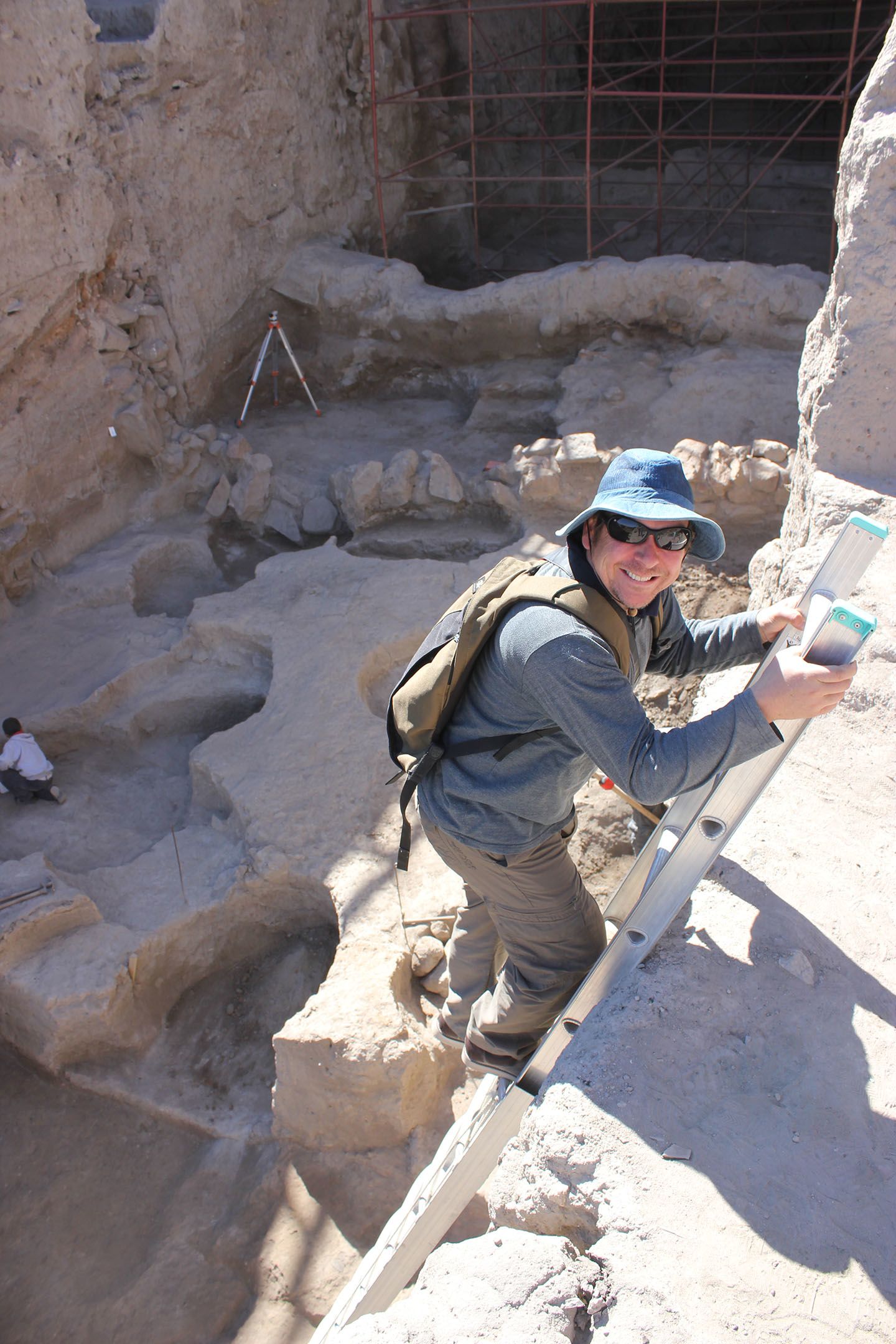
Steve Chaddock
PhD Candidate
School of Social Science
Faculty of Humanities and Social Sciences
E: s.chaddock@uq.edu.au
Words: Harriet Dempsey-Jones
Editor: Stacey King
Layout and design: Harriet Dempsey-Jones and James North


